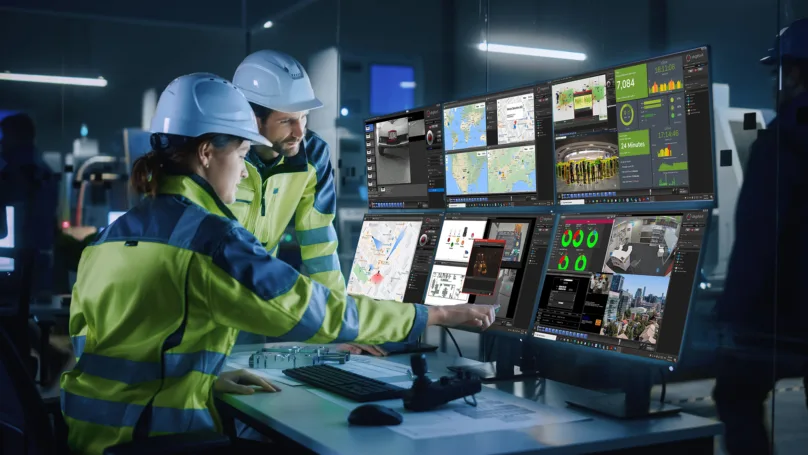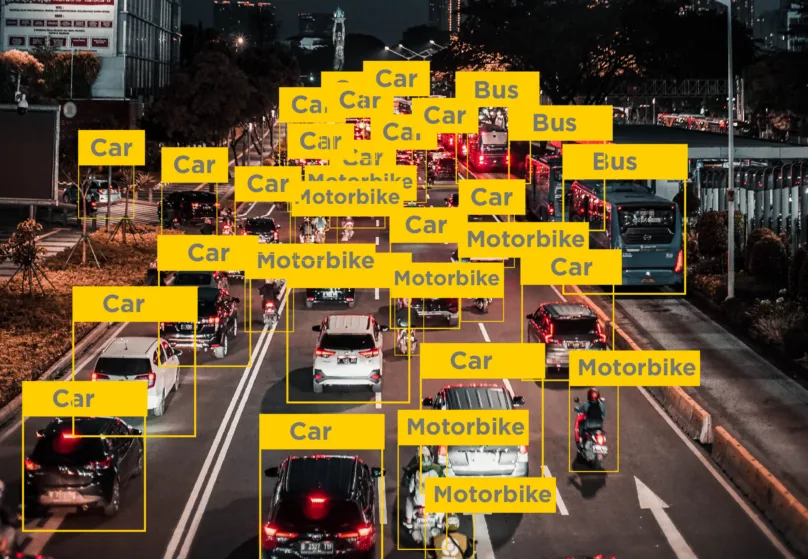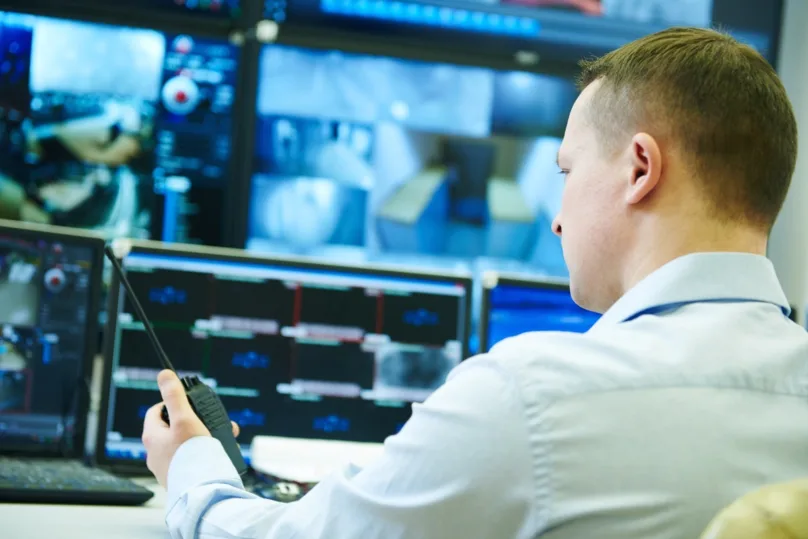
The Economics of VMS solutions
Video Management Software (VMS) solutions are often considered to be a more expensive than an NVR solution for CCTV surveillance applications - but is that true?
It may be true in capital expenditure terms, however, when considering the system’s total cost of ownership; the multitude of operational savings; and the advanced functionality, system resilience, flexibility, scalability, and sheer capability offered; then the most cost-effective option swings back in favour of the VMS. Especially if the VMS hardware is supplied on a MOSS™ subscription basis.

One-time-buy VMS licensing
Some VMS solutions have a one-time-buy license structure, with no annual maintenance fees. Despite the VMS software being regularly updated, enhanced and maintained, there are no additional costs for this throughout the lifetime of the CCTV system. The VMS software can be transferred to new servers when they are EOL or onto VMS Co.'s MOSS™ monthly subscription fee servers and kept operational for life.
Re-using legacy equipment
Relying on only one camera and recorder brand for large CCTV deployments, such as in a manufacturers CMS, is too limiting a strategy for larger projects and simply not future proof. Larger projects need the flexibility to reuse legacy equipment and the ability to add new brands and technologies that bring new functionality and enhance the site operation. Relying on a single brand approach will often rule out this flexibility and compromise future site operation.
Deploying a VMS, with wide SDK integration, not only gives the flexibility to reuse existing site cameras to reduce camera obsolescence, but it also allows budgets to be spread over several years, as old equipment is phased out for new. Unlike a CMS, many VMS solutions are open-platform and will not lock the end user into a single brand, going forward.

IT infrastructure benefits
Some VMS solutions offer a distributed IT architecture. Servers are used for video processing and are connected to cameras via a network. By comparison, a CMS usually controls multiple NVRs – not the cameras directly. DVRs and NVRs will often present a video processing performance bottleneck due to their limited processing capability at 10’s of Mega bits /sec compared with servers operating at multi - Giga bits / sec – many factors more.
VMS Co.'s servers offer RAID options as standard for both OS and storage. This guarantees ‘uptime’; prevents data loss; and ensures data protection compliance. Further resilience can be added with server failover, mitigating the effects of server or network failure. This is essential for high-security, mission-critical applications and is well beyond the capability of most NVRs.
VMS servers offer intrinsic safeguards too, such as alerts, warnings, and messages if faults are detected in the server, OS, or storage drives, predicting and often preventing failure. Server solutions also use up less hardware per camera, reducing power consumption, rack space and air conditioning requirements (in an IT room) utilising an architecture that is intrinsically more reliable. This means less replacement, maintenance, energy and support costs.
Scalability
VMS systems offer incredible scalability - expanding camera channel numbers with additional licenses and increasing functionality with software modules. VMS systems do not need to expand in 8, 16 or 32 channel “blocks” like NVRs, so only the channels needed are paid for. When more processing power is required, servers are added to the system without affecting live operation.

Added value
VMS solutions often have software module options to enhance site functionality, without redundancy, such as LPR, analytics and facial recognition. The intelligence this brings to the system adds incredible value. For example, it gives a vital insight into human behaviour and risk, such as triggering alarms from people counting, footfall, loitering and dwell times; recognising objects like guns, PPE, and fire; and identifying unwanted visitors. Human tasks may be automated, such as opening gates and barriers. Motion, trip wires, loitering and wrong direction, plus much more, can help site management and security – all adding value.